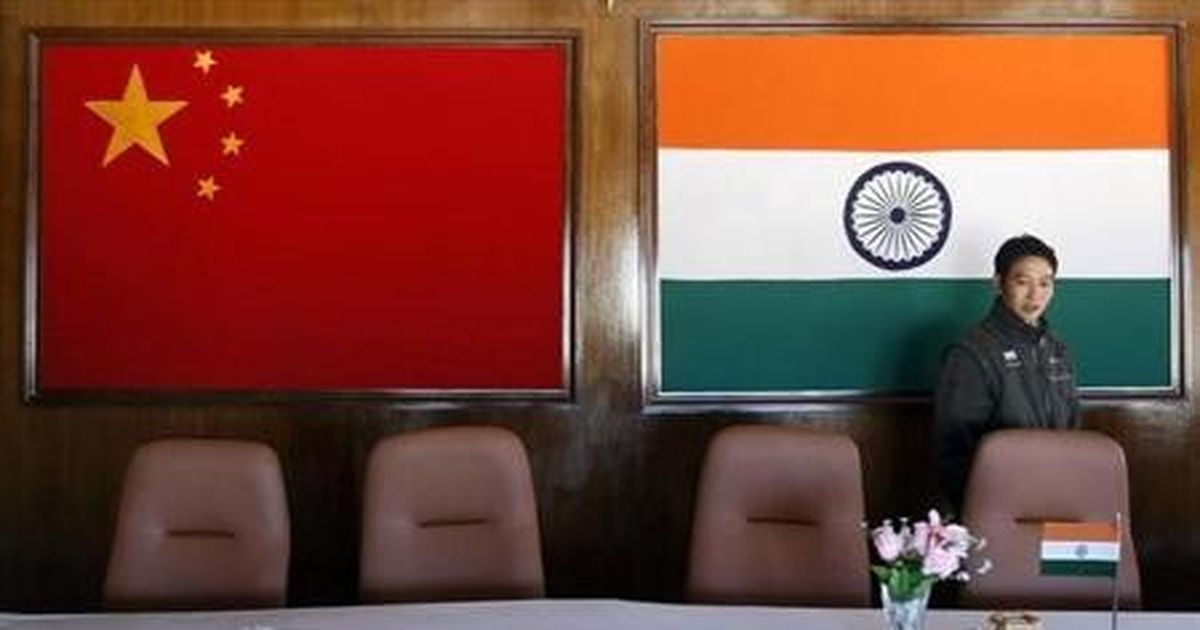January 24, 2017
Forecast
The region encompassing Russia and the former Soviet states will be a central focus of U.S. President Donald Trump's foreign policy.
The new administration could adjust Washington's approach to sanctions against Russia, cooperation with Moscow in Syria and support for states in the European borderlands.
Even so, the United States' strategic imperative of containing Russia will likely go unchanged, limiting the chances of the two states striking a grand bargain.
Analysis
A new U.S. president has been sworn into office, and with the change in leadership will come adjustments to Washington's relationships with other countries — perhaps most of all Russia. U.S. President Donald Trump campaigned on the promise of increasing cooperation with Moscow, particularly on the Syrian battlefield. At the same time, he questioned the value of Washington's commitment to its Eurasian allies, such as Ukraine and the Baltic states. Combined with Trump's criticism of U.S. sanctions against Russia and his hesitation to blame the Kremlin for hacking Democratic National Committee email accounts, these positions could signal a shift in the White House's stance toward Russia to come. Then again, campaign rhetoric doesn't always match action taken once in power, especially when it comes to policies rooted in geopolitical realities.
The Roots of Containment
One of the United States' greatest geopolitical imperatives is to prevent the rise of regional hegemons with the ability to challenge it. Russia's historical dominance of Eurasia, the Soviet Union's rise as a superpower after World War II and its resulting political, economic and military rivalry with the United States have long made it a target of Washington's actions abroad. But the onset of the Cold War and the expansion of Soviet power — itself an outgrowth of Russia's own strategic imperatives to buffer its heartland from invasion — gave rise to a U.S. strategy known as containment. The policy, championed by U.S. diplomat George F. Kennan and made public in 1947 in a then-anonymous article in Foreign Affairs magazine, essentially boiled down to blocking and countering the Soviet Union and its allies "whenever and wherever they posed a risk of gaining influence." It applied to every corner of the globe and went on to serve as the principal U.S. strategy for dealing with the Soviet Union until its collapse in 1991.
















